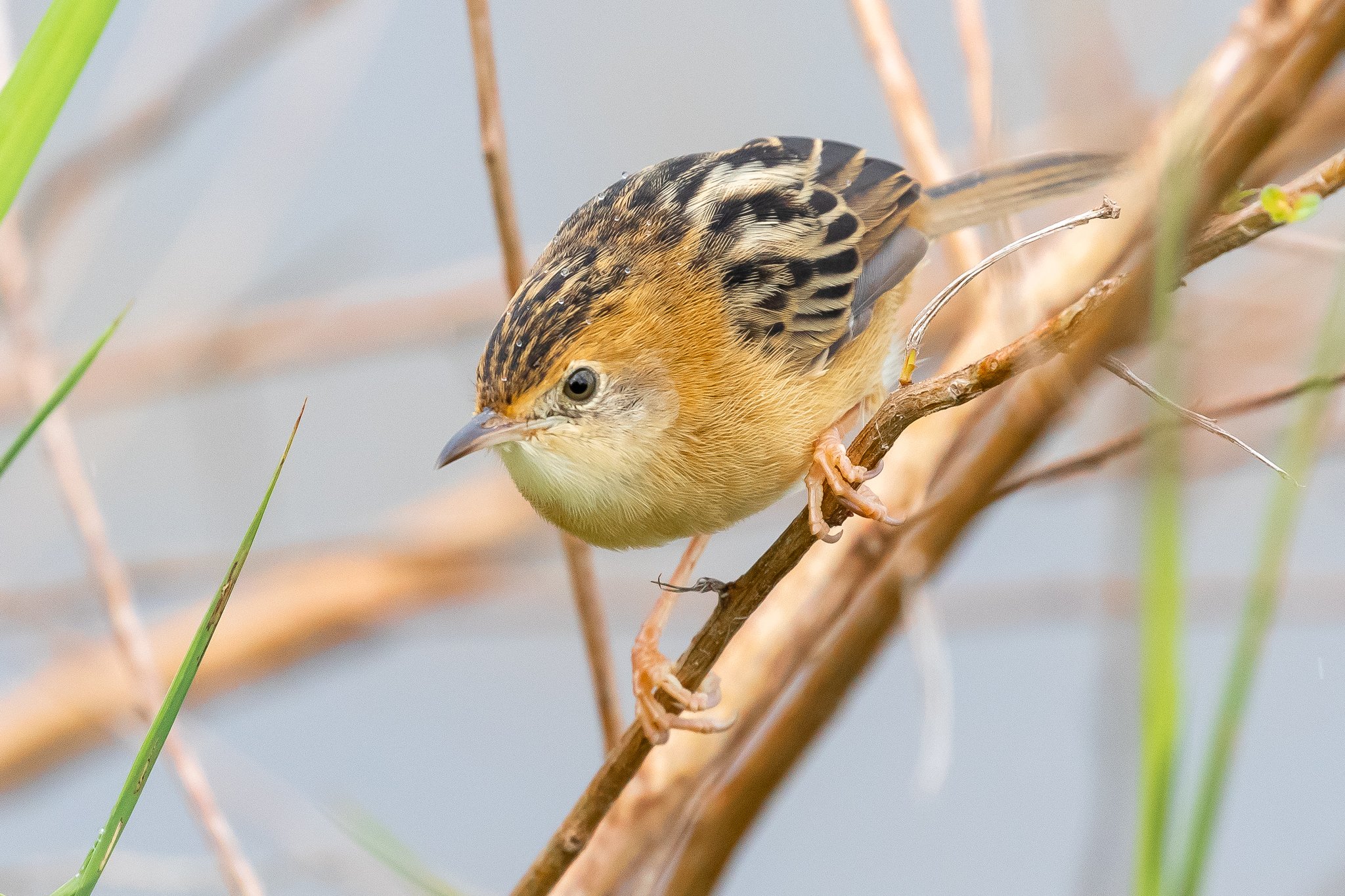April’s high rainfall continued into the first two weeks of May and the wetland ponds are full, covering the mud-flats that would normally attract shore or water birds. This has left the wetland mainly in the hands of its forest and woodland inhabitants, still plenty to see.
White-headed Pigeon numbers are increasing in the Byron Shire, along with the Topknot pigeon, as their favourite food source, the introduced Camphor Laurel continues to thrive here.
One of many White-browed Scrubwrens in the wetlands. The northern Scrubwren has a more yellow belly than those further south.
A Yellow Thornbill, a less common visitor here. This bird has taken up residence close to the Wetland meeting rooms.
This young White-bellied Sea-eagle, still sporting its juvenile livery, has been seen several times on K Pond.
Grey Fantails were everywhere across the wetland park; some thirty plus counted.
A young Superb Fairy-wren showing a very fluffy mantle.
A Forest Kingfisher watching for insects in a section burnt out by the recent fire. These burnt trees are still surrounded by shallow black water ponds which have grown in the recent rain. In the fires they burnt despite having their feet in water.
Underneath, the presence of a Little Pied Cormorant shows there is life in these jet black waters.
Still lots of Golden-headed Cisticolas to be seen in the reed beds; with many opportunities for close up photos.
Two Black-shouldered Kites were patrolling the large pond, labelled K Pond.
This Shining Bronze-Cuckoo shows how the species got its name, shining brightly in the late Autumn light.
One of four Eastern Whip-birds, evidently involved in some sort of romantic tangle, had the air cracking with raucous calls and defiant displays.
Spangled Drongo, quietly watches the whipbirds go by.
A rainbow blesses the Byron Wetland, hopefully to be followed with some dry weather!













